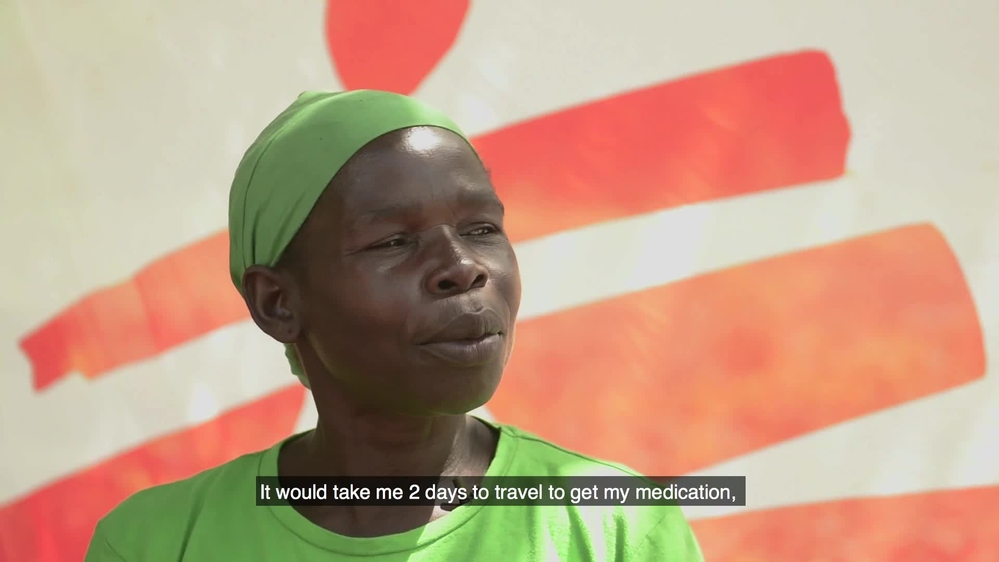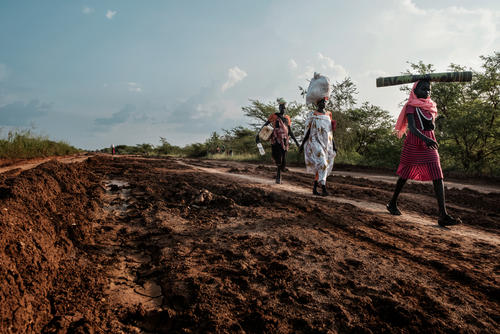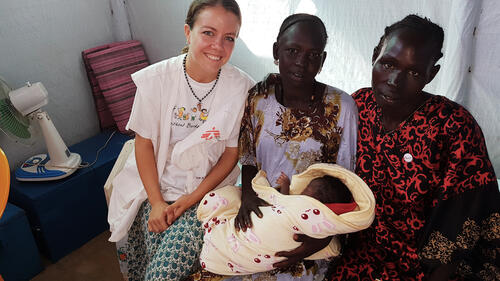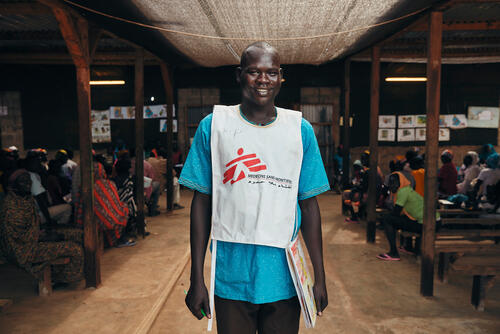The Médecins Sans Frontières, Ministry of Health and the World Health Organization's Test and Treat (T&T) HIV pilot project in Yambio county finished in June 2018.
The objective of the study was to assess feasibility and acceptability of the “treat all strategy” coupled with a community-based, patient-centred approach, based on HIV testing and same day antiretroviral treatment.
The report, "Yambio: HIV community-based Test and Treat pilot project", highlights the methodology used, the key learnings and the outcomes of the project.
The report found that bringing HIV testing and treatment closer to patients’ homes, with simplified protocols and less specialised health staff was feasible, resulting in comparable treatment outcomes to those of facility-based care.
Why Yambio? Why South Sudan?
Yambio county lies in South Sudan´s former Western Equatoria region, on the border with the Democratic Republic of the Congo. Yambio, is a rural and conflict-affected area with the highest prevalence of HIV in South Sudan. MSF has been working in the Western Equatoria region since 2004.
The country has one of the lowest rates of antiretroviral (ARV) treatment (ART) coverage in the world, with only 10 per cent of adults and 5 per cent of children living with HIV accessing ARV treatment.
HIV cascade in Yambio Test and Treat project
The 90-90-90 strategy
The ‘90-90-90’ UNAIDS strategy for 2020 aims to have 90 per cent of people living with HIV (PLWHA) diagnosed, 90 per cent of those diagnosed receiving ART and 90 per cent of people on ART with an undetectable viral load. In order to reach these targets in South Sudan, new and innovative models are needed to accelerate progress.
The new 90-90-90 UNAIDS strategy aims for:
90 %
9%
90 %
9%
90 %
9%
Progress in South Sudan toward achieving these targets:
30 %
3%
20 %
2%
0 %
%
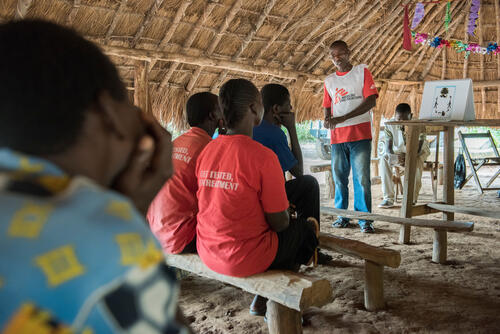
Now that MSF gives support directly in Bodo, it is a short walk to the clinic to receive my treatment. I don’t want to leave my children again.Patient treated as part of pilot project
The various components of the community Test and Treat model
The pilot programme used a two-phase approach: during the first phase, MSF started sensitisation activities about HIV and MSF T&T by the community health workers. Then, MSF offered counselling and testing. For all tests positive, ART was offered, this means that patients were enrolled at the same time that counselling and testing activities were done. During the second phase, patients were followed-up and then handed over.
Community health workers were recruited to help lay down essential groundwork for the Test and Treat pilot: awareness raising, patient follow up, defaulter tracing, contingency plan, etc.
A decentralised approach
The use of five mobile clinics operated each by seven staff, enabled the expansion of HIV testing and ART to rural and underserved areas.
Community antiretroviral therapy groups (CAGs)
Groups of patients who rotated clinic visits to obtain drug refills, dispense drugs to their peers in the community and ensure peers received information from medical staff.
Delegating tasks to less specialised health staff
Clinical officers or nurses could commence treatment independently, without a doctor present.
Drop-in centres
Mobile clinics in fixed locations in the community provide a place for people to receive HIV testing, ARV treatment and follow up care.
A contingency plan
Essential for providing ART in unstable settings: In case of active insecurity, the community health workers in the area provide patients with a ‘runaway’ bag containing three months of additional ARV treatment as well as their regular stock.
Viral load (VL) suppression
Performing ribonucleic acid-based VL tests (RNA) is essential to monitor the medical success of ART programmes, as the therapeutic benefit stems from the suppression of VL in patients.
Outcomes of the Test and Treat project
- The MSF pilot shows that a ‘treat-all’ approach can be successfully implemented through a community-based model in unstable settings and contexts of population displacement.
- The pilot shows that community-based Test and Treat approaches can increase HIV diagnosis and treatment coverage in challenging contexts; in rural and hard-to reach populations, areas with limited health services and in unstable settings. By using simplified protocols and tools to bring HIV testing and treatment closer to patients’ homes, increased ART coverage and comparable treatment outcomes to facility based care can be achieved through:
- Increasing the number of people living with HIV (PLHIV) who know of their HIV status: The mobile approach was popular with the community. There was a high turnout for testing, resulting in more people knowing of their HIV status. MSF tested 14,800 people – 49 per cent of the target adult population - and 504 people tested positive (3.4 per cent prevalence).
- Increasing the number of PLHIV on treatment: There was a high take-up of ART initiation in the project, with 401 people (80 per cent) who tested positive starting ARV treatment. Of these 401 patients, 39 per cent of those whose CD4 was recorded at the start of the project (378 patients) would not have started treatment under previous WHO guidelines. This demonstrates the benefit of the ‘treat-all’ approach in scaling up treatment coverage.
- Increasing the number on treatment with viral load suppression At the end of 12 months, 89 per cent of patients 1 had viral load suppression. This is comparable to facility-based models
Conclusions
By scaling up the mobile approach, Test and Treat in the community could help to accelerate the diagnosis and treatment of HIV in hard to reach populations across South Sudan. By using mobile teams to reach communities, adopting simplified protocols that can be implemented by less qualified health staff and through supporting contingency planning, ART coverage can be increased. This is particularly relevant in areas that are difficult to reach, such as rural and remote areas, dispersed and displaced populations, conflict-affected areas and areas with limited health services and validated ART sites.
Bringing services closer to the population could also be adapted to reach key mobile populations, such as sex workers, bodaboda drivers and armed groups. Adapting the strategy of mobile clinics, in terms of location and working hours, could also be applied when providing care to key mobile populations.
Focusing only on facility-based services risks overlooking hard-to-reach populations where there is still significant HIV transmission. Ongoing conflict and insecurity, a lack of trained medical staff, limited ART sites and poor infrastructure prevent many people from accessing testing and treatment services.
Community-based approaches are compatible with the necessary increase of ART sites in South Sudan. Accelerating the scale-up is essential. Where ART sites are not yet validated, or HIV testing and treatment services are not available, drop in centres should be considered.
Resources
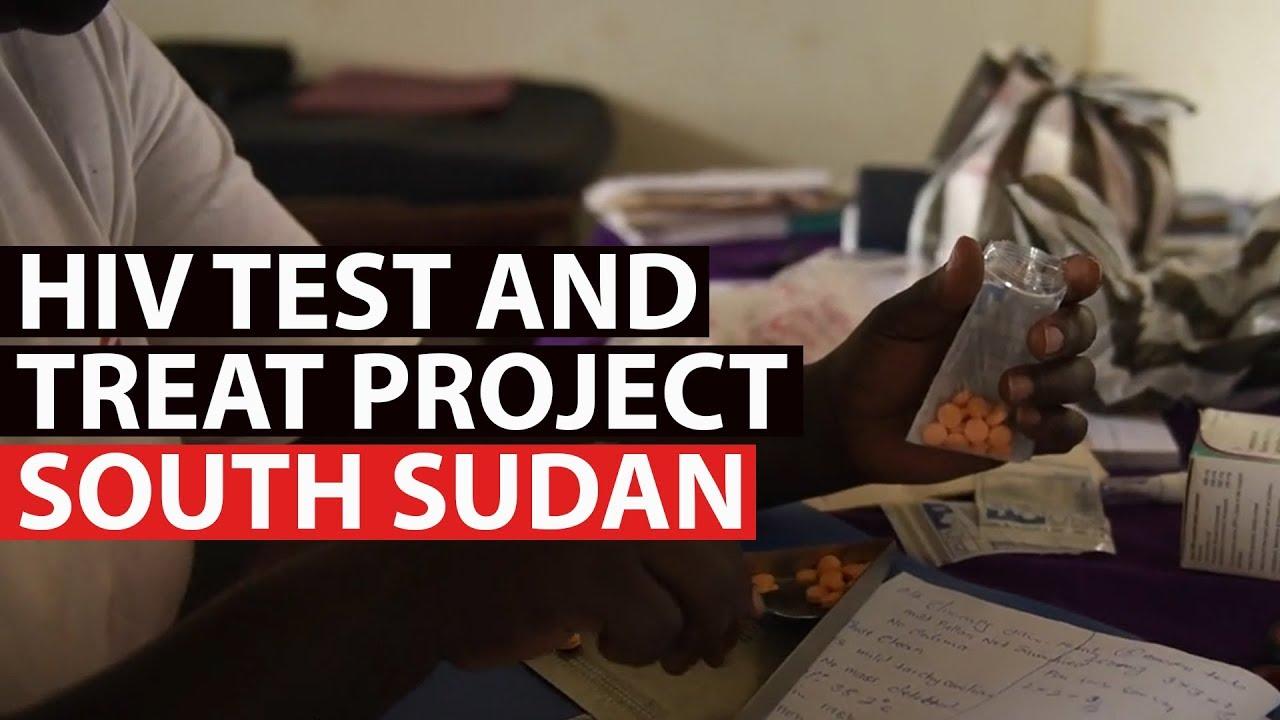
Test and Treat in Yambio, South Sudan
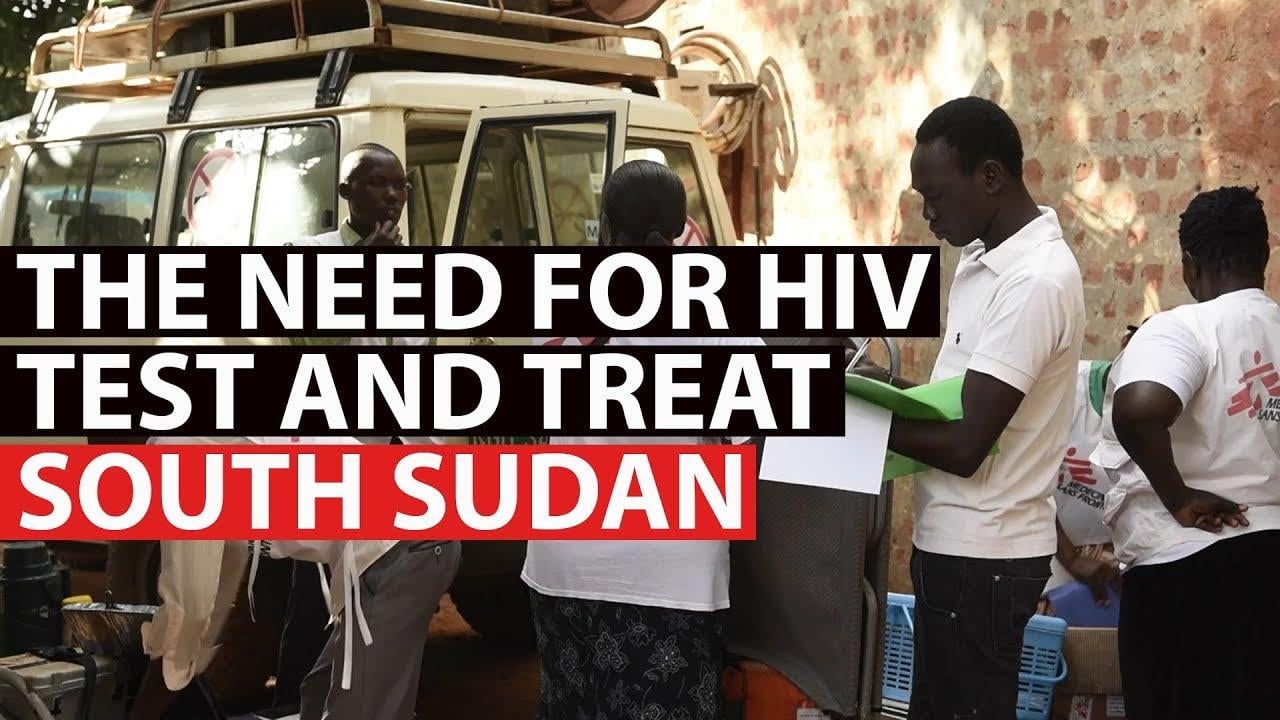
The need for Test and Treat in South Sudan

Community outreach spreads the word about test and treat in South Sudan

The role of community antiretroviral therapy groups
